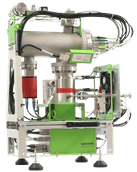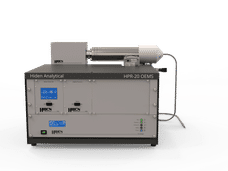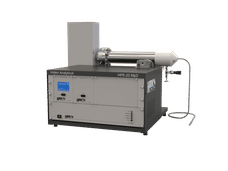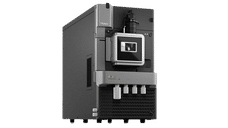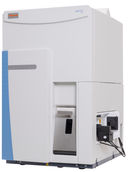Rosetta’s mass spectrometer ROSINA detected argon at comet Churyumov-Gerasimenko
The mass-spectrometer ROSINA on ESA’s comet probe Rosetta has for the first time detected the noble gas argon in the coma of 67P/Churyumov-Gerasimenko. This measurement adds to the debate about the role of comets in delivering various «ingredients» to Earthsuch as water.
Comets are considered to be representative of icy planetesimals that may have contributed a significant fraction of the volatiles to planets in the very early solar system. It is also believed thatcomets must have brought some water to the Earth, however, the magnitude of their contribution is still a matter of debate.
Hans Balsiger from the Physics Institute at the University of Bernand his team were now able to detect the noble gas argon in the coma of comet 67P/Churyumov-Gerasimenko – it is for the first time that researchers were actually able to measure this particular gas on a comet. Although the abundance-range of argon to water was quite large, it could be used to investigate the question of whether comets brought water to Earth, Balsiger explains:«The argon-to-water ratio on Earth is several magnitudes lower than observed at 67P/C-G.If it were the same here on Earth as on the comet, we’d have far greater quantities of argon in our atmosphere.»
Research confirms earlier results provided by ROSINA
One of the main goals of the Rosetta mission is to measure in situ the volatile inventory of 67P, a so-called Jupiter family comet. The tool used to perform these measurementsis called ROSINA, a mass spectrometer built at the University of Bern.It has a high sensitivity and a high mass resolution, which allows the comparison to remote sensing observations and to the only previous in-situ measurement at comet Halley in 1986. According to Balsiger informations such as those 2 provide by ROSINA could not be obtained from meteorites collected on Earth which were the only source of deep-space samples till now available for investigations.
In October 2014 ROSINA detected two isotopes of argon during a fly by at a distance of only 10 kilometers from «Chury’s» surface. During a period of four days researchers compared the abundance of argon with that of other molecules in the coma. «The outcome of this estimate is that contributions from comets such as 67P to the Earth’s oceans are, if at all, very small», Balsiger comments. Earlier data provided by ROSINA about the ratio of hydrogen and deuterium on the comet already pointed in that direction.
In situ noble gas measurements are important complements to the measurements of deuterium in water and the nitrogen molecules in the coma of 67P. They furthermore address the question of formation temperature of the comet’s original material;icy grains that formed the planetesimals 4.5 billion years ago in the very cold regions of our solar system beyond the orbit of Neptune.
Original publication
Other news from the department science
These products might interest you
Most read news
More news from our other portals
See the theme worlds for related content
Topic World Mass Spectrometry
Mass spectrometry enables us to detect and identify molecules and reveal their structure. Whether in chemistry, biochemistry or forensics - mass spectrometry opens up unexpected insights into the composition of our world. Immerse yourself in the fascinating world of mass spectrometry!

Topic World Mass Spectrometry
Mass spectrometry enables us to detect and identify molecules and reveal their structure. Whether in chemistry, biochemistry or forensics - mass spectrometry opens up unexpected insights into the composition of our world. Immerse yourself in the fascinating world of mass spectrometry!





















